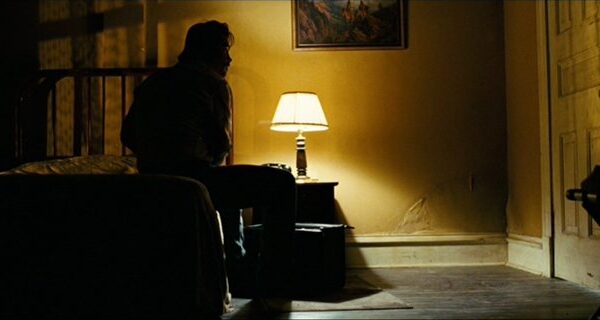
(Photo By Peter Stackpole/The LIFE Premium Collection via Getty Images)
“What are you sweating over that for?” Doreen lounged on my bed in a peach silk dressing gown, filing her long, nicotine-yellow nails with an emery board, while I typed up the draft of an interview with a best-selling novelist.
That was another thing — the rest of us had starched cotton summer nighties and quilted housecoats, or maybe terrycloth robes that doubled as beachcoats, but Doreen wore these full-length nylon and lace jobs you could half see through, and dressing gowns the color of skin, that stuck to her by some kind of electricity. She had an interesting, slightly sweaty smell that reminded me of those scallopy leaves of sweet fern you break off and crush between your fingers for the musk of them.
“You know old Jay Cee won’t give a damn if that story’s in tomorrow or Monday.” Doreen lit a cigarette and let the smoke flare slowly from her nostrils so her eyes were veiled. “Jay Cee’s ugly as sin,” Doreen went on coolly. “I bet that old husband of hers turns out all the lights before he gets near her or he’d puke otherwise.”
Throughout The Bell Jar, narrator Esther Greenwood (semi-autobiographical stand-in for Plath) explores a series of doppelgangers in young and older women around her. She is constantly holding up different models of 1950s femininity, trying them on and wondering if this is who she is supposed to be, before rejecting them. The novel opens in a New York guesthouse for young women, with a batch of anxious, excited young interns living together during a month’s placement on a women’s magazine. Betsey is a Doris Day type, deeply kind, clean and wholesome – Esther finds her twee and sickening, but also turns to her when in need. Whereas Doreen is the sexy, slutty Jayne Mansfield archetype. Esther is drawn to Doreen’s cynicism and promise of adult adventures. She trails around after Doreen for some depressing evenings with seedy men, before deciding it’s too much. Neither version of How To Be A Woman feels viable: they are false opposites.
For me this repulsive-but-compelling description of Doreen’s smell (unclear if it is perfume or body odour) is a good stab at what perfume people are getting at when they talk about ‘animalic, ‘barnyard’ or ‘skank’ notes – animal extracted ingredients like civet, musk, castoreum, or ambergris. The notes are mostly synthetically produced now due to animal cruelty considerations. Women’s fragrances of the 1940s and 1950s made use of raw sensuality and dirt, while 1990s big-sellers like CK One and Issay Miyake were all about cleanness, androgyny, fresh sea air and neutrality. When women had less power and fewer options, their scents had more character, power and depth.
There’s a sad call back to this description of musky, animal, unwashed human smell in her friend Alfred Alvarez’s memoir. He recalls the last time he saw Plath, shortly before her suicide in Primrose Hill, London, in middle of the coldest winter England had seen for 300 years.
“Her hair, which she usually wore in a tight, schoolmistressy bun, was loose. It hung straight to her waist like a tent, giving her pale face and gaunt figure a curiously desolate, rapt air, like a priestess emptied out by the rites of her cult. When she walked in front of me down the hall passage…her hair gave off a strong smell, sharp as an animal’s.”
(I found this quote in a chapter discussing Plath’s death in Malcolm Gladwell’s fantastic audiobook, Talking with Strangers.)


